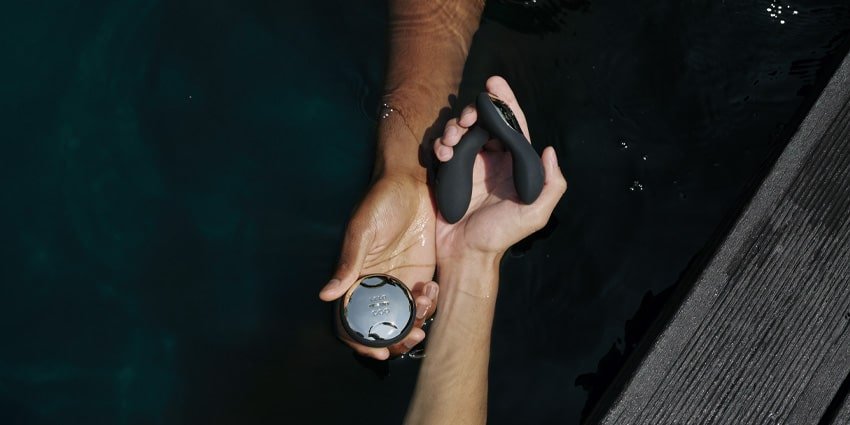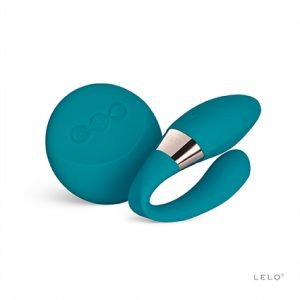If there’s one thing we’ve learned from Breast Cancer Awareness Month, it’s the power of early detection. One of the keys to monitoring the health of your breasts is to perform regular breast self-exams. While you should get professional exams on the advice of your healthcare provider, you should also familiarize yourself with your body so you’re aware of any changes that may require medical attention. Proactive health is in your hands… literally!
Here’s your guide to self-exams.
1. Make it a habit
Pick a time and put a monthly alert in your calendar. Monthly check-ups may seem like a lot, but making them a routine is the best way to ensure you stick with them. When choosing your time of the month, avoid that time of the month… It’s best to avoid any swelling or tenderness associated with PMS, so be mindful of your cycle.

2. Make yourself comfortable
“Comfortable” may be a bit of an exaggeration for the task at hand, but do your best to relax. Stand in front of a well-lit mirror so you can visually assess your breasts for any changes. Again, avoid doing this near or during your period, as visible changes in size and symmetry may be hormonal.
3. Visual examination
Check yourself — With your arms down, examine your breasts for any visible changes in size, shape, or symmetry. Also check for any abnormalities in the texture of your skin, such as dimpling or wrinkling.
Hands up, baby — Raise your arms above your head and observe the same changes, sometimes they may become more apparent with the arms raised. Also note any swelling or tenderness in the armpits or collarbone.
Pay attention to the nipples — Be sure to examine your nipples carefully for any changes such as redness, scaling, discharge, or inversion. Gently squeeze each nipple and feel for any changes in sensation or discharge.
Bend them — Press your hands firmly on your hips, contracting your chest muscles. This should help you see the contour of your breasts and any changes.

4. Physical examination
Get into position — Lie on your back with a pillow under your right shoulder and place your right arm behind your head.
Take the hand — Starting from the outer edge and moving inward toward the nipple, use the middle 3 fingers of your left hand to apply pressure in circular motions over the entire breast. Follow a pattern to ensure you cover the entire breast without missing any spots.
Mix — Use varying pressures to best assess all layers of the breast. Light pressure for tissues close to the skin, medium pressure for the layers in between, and firm pressure to feel tissues closer to the chest and ribs.
Full coverage — Be sure to examine the entire breast! Examine the upper and lower areas as well as the armpit and collarbone for any lumps or other noticeable changes.
Reverse it — Change position to the opposite side and repeat the physical examination on the other breast.

5. Last look
Give yourself one last look — Go back to the mirror and observe any changes you may have missed. You may have noticed something during your physical exam that you didn’t quite catch at first glance.
To take notes — Write down anything that seems helpful so you can compare your results during future self-exams. If you notice changes such as lumps, changes in skin texture, or discharge, make an appointment to see your doctor.
Knowing your body is the best way to know if something is wrong. Regular breast exams are an essential tool for taking charge of your breast health. Remember, self-exams are not a substitute for professional medical care, so be sure to follow your healthcare professional’s advice about regular exams. Be proactive about your health and don’t forget to touch yourself!


 Anal Beads
Anal Beads Anal Vibrators
Anal Vibrators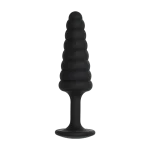 Butt Plugs
Butt Plugs Prostate Massagers
Prostate Massagers
 Alien Dildos
Alien Dildos Realistic Dildos
Realistic Dildos
 Kegel Exercisers & Balls
Kegel Exercisers & Balls Classic Vibrating Eggs
Classic Vibrating Eggs Remote Vibrating Eggs
Remote Vibrating Eggs Vibrating Bullets
Vibrating Bullets
 Bullet Vibrators
Bullet Vibrators Classic Vibrators
Classic Vibrators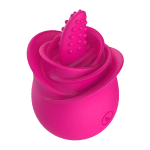 Clitoral Vibrators
Clitoral Vibrators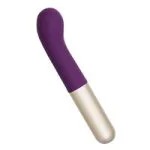 G-Spot Vibrators
G-Spot Vibrators Massage Wand Vibrators
Massage Wand Vibrators Rabbit Vibrators
Rabbit Vibrators Remote Vibrators
Remote Vibrators
 Pocket Stroker & Pussy Masturbators
Pocket Stroker & Pussy Masturbators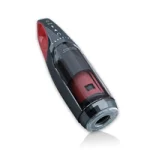 Vibrating Masturbators
Vibrating Masturbators
 Cock Rings
Cock Rings Penis Pumps
Penis Pumps
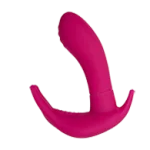 Wearable Vibrators
Wearable Vibrators Blindfolds, Masks & Gags
Blindfolds, Masks & Gags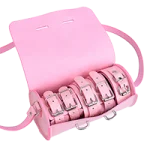 Bondage Kits
Bondage Kits Bondage Wear & Fetish Clothing
Bondage Wear & Fetish Clothing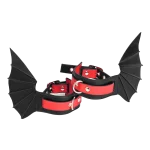 Restraints & Handcuffs
Restraints & Handcuffs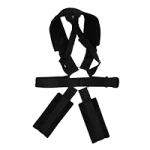 Sex Swings
Sex Swings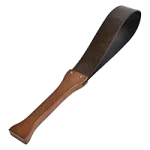 Ticklers, Paddles & Whips
Ticklers, Paddles & Whips







